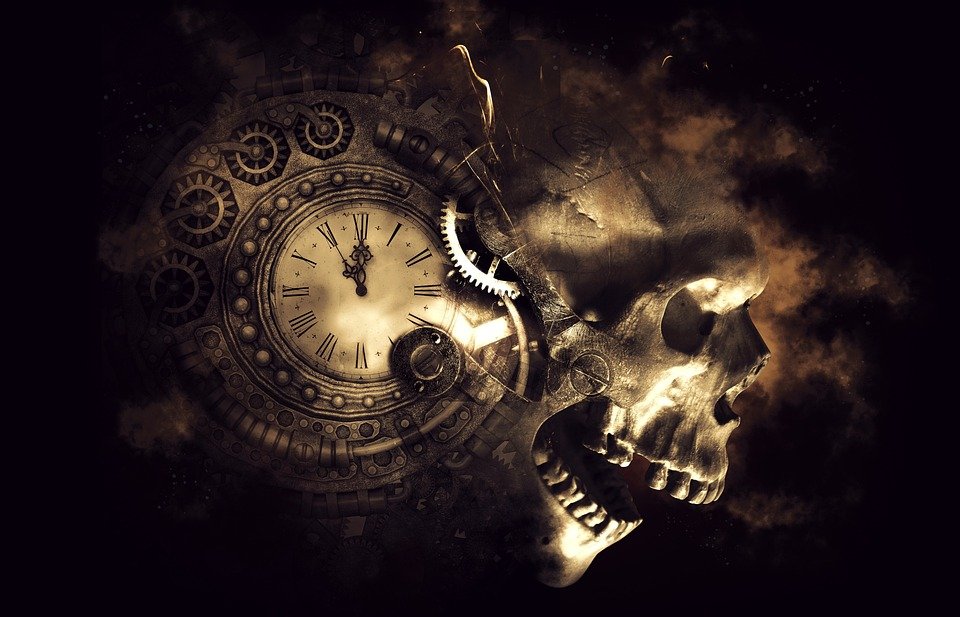Introduction
In a world dominated by cutting-edge graphics and hyper-realistic gameplay, there exists a vibrant undercurrent of nostalgia that draws many gamers back to the simpler times of retro video games. From pixelated graphics to chiptune soundtracks, these classics evoke fond memories and offer a sense of comfort that modern games sometimes struggle to replicate. This article explores the phenomenon of nostalgia in gaming, the reasons behind the resurgence of retro games, and how they continue to capture the hearts of both seasoned gamers and newcomers alike.
The Allure of Nostalgia
Nostalgia is a powerful emotion, often described as a longing for the past or a sentimentality for moments gone by. For many, retro video games represent a significant part of their childhood or adolescence, serving as a portal to a simpler, more carefree time. The combination of familiar characters, iconic soundtracks, and straightforward gameplay creates an emotional connection that modern games often lack.
Studies have shown that nostalgia can evoke feelings of happiness and comfort, making it a potent tool for marketing and storytelling. Retro video games tap into this phenomenon, providing a sense of belonging and shared experience among players. Whether it’s the thrill of blasting away aliens in “Space Invaders” or the joy of jumping on mushrooms in “Super Mario Bros,” these games remind us of our shared history in gaming.
The Rise of Retro Gaming
The resurgence of retro video games can be attributed to several factors. First and foremost is the rise of indie game developers who often draw inspiration from classic titles. These developers create games that mimic the aesthetics and mechanics of retro games while infusing them with modern sensibilities. Titles like “Celeste” and “Shovel Knight” have successfully captured the essence of retro gaming while appealing to a new generation of players.
Another significant factor is the advent of digital distribution platforms. Services such as Steam, GOG, and the Nintendo eShop offer a treasure trove of classic games, making them easily accessible to anyone with an internet connection. This accessibility has allowed a new audience to experience the games that defined earlier eras, while also enabling long-time fans to revisit their favorites without the need for old consoles or cartridges.
The Aesthetic of Retro Games
The visual style of retro games is undeniably charming. The pixel art graphics, often characterized by their simplicity and limited color palettes, evoke a sense of creativity and imagination. These visuals encourage players to fill in the gaps with their own interpretations, making the gaming experience feel more personal.
Moreover, the music and sound effects of retro games have an unmistakable charm. Chiptune soundtracks, created using the sound chips of old consoles, have a quirky, catchy quality that sticks with players long after they put down the controller. Whether it’s the iconic theme of “The Legend of Zelda” or the upbeat tunes of “Duck Hunt,” these melodies have become ingrained in gaming culture.
community and Connection
Retro gaming has also fostered a strong sense of community among players. Online forums, social media groups, and streaming platforms like Twitch and YouTube have allowed fans to come together, share their experiences, and celebrate their favorite games. Speedrunning, a popular subculture of gaming where players attempt to complete games as quickly as possible, has breathed new life into classics, with players discovering new strategies and techniques.
Additionally, retro gaming events and conventions, such as the annual “TooManyGames” and “MAGFest,” provide avenues for fans to gather, share their love for classic games, and even engage in friendly competitions. These events help create a sense of camaraderie and a shared passion for the games that shaped the industry.
Modern Technology Meets Retro Charm
While the appeal of retro games lies in their nostalgic charm, modern technology has allowed developers to enhance these classics without losing their essence. Remakes and remasters of beloved titles have become common, breathing new life into the originals while retaining the core gameplay that fans adore. Examples include “Final Fantasy VII Remake” and “Crash Bandicoot N. Sane Trilogy,” which offer updated graphics and mechanics while preserving the heart of the originals.
Furthermore, the rise of emulators has enabled players to experience retro games on modern devices. While this has sparked debates regarding copyright and legality, it has undeniably made classic games more accessible than ever. Players can now enjoy titles that were once confined to outdated hardware, allowing a new generation to explore the rich history of gaming.
Collecting Retro Games
The collecting aspect of retro gaming has also gained popularity. Many enthusiasts enjoy hunting for rare cartridges, limited-edition releases, and vintage consoles. This pursuit has created a thriving marketplace where collectors can buy, sell, and trade their prized possessions. Websites like eBay and specialized retro gaming shops have become go-to destinations for anyone looking to expand their collection.
Collecting retro games is not just about ownership; it’s also about preserving gaming history. Many collectors are passionate about sharing their knowledge and experiences with others, ensuring that the legacy of these games continues to be celebrated for generations to come.
The Future of Retro Gaming
As we look to the future, it’s clear that retro gaming is here to stay. The continued interest in classic titles, coupled with advances in technology, will likely lead to even more remakes, remasters, and indie games inspired by the past. Developers are increasingly recognizing the value of nostalgia, and the gaming community is eager to embrace it.
Moreover, with the rise of Virtual reality (VR) and augmented reality (AR), the potential for retro gaming to evolve further is limitless. Imagine stepping into the world of “Pac-Man” or exploring the pixelated landscapes of “Metroid” in a fully immersive environment. Such innovations could breathe new life into classic experiences while preserving their nostalgic charm.
Conclusion
Reviving nostalgia through retro video games is a testament to the enduring power of gaming. These classics not only evoke fond memories but also foster community, creativity, and connection among players. As the gaming landscape continues to evolve, the timeless appeal of retro games will undoubtedly endure, captivating the hearts of new generations and reminding us all of the joy of gaming’s past.
FAQs
What are retro video games?
Retro video games refer to games that were popular during earlier eras of gaming, typically from the late 1970s to the early 2000s. These games often feature pixelated graphics, simple gameplay mechanics, and chiptune music.
Why are retro games so appealing?
Retro games are appealing due to their nostalgia, simplicity, and charm. They evoke fond memories, offer straightforward gameplay, and often have a distinctive aesthetic that resonates with players.
Are there any modern games inspired by retro titles?
Yes! Many modern indie games draw inspiration from retro titles. Examples include “Celeste,” “Shovel Knight,” and “Cuphead,” which incorporate classic gameplay mechanics and aesthetics while offering new experiences.
How can I play retro games today?
There are several ways to play retro games today, including purchasing classic consoles, using emulators on modern devices, or downloading remastered versions available on digital platforms like Steam and the Nintendo eShop.
Is collecting retro games a popular hobby?
Yes, collecting retro games has become a popular hobby among enthusiasts. Many collectors enjoy hunting for rare titles, vintage consoles, and limited-edition releases, and there is a thriving marketplace for buying, selling, and trading these items.
Discover more from The Meteyeverse
Subscribe to get the latest posts sent to your email.

